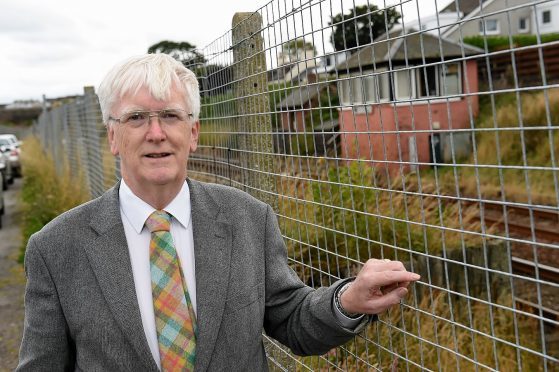A historic north-east railway stop-off could be brought back into use after 60 years.
Newtonhill Railway Station was closed in 1956 after more than 100 years of use.
But now North Kincardine councillor, Ian Mollison, is leading a campaign to bring the station back to the village.
The Lib Dem is pointing to the progressing plans for the new Kintore Rail Station as he seeks support for the idea, and hopes funding may be available through the Aberdeen City Region Deal to make it a possible.
Last night railway firms claimed they would back any notion that would get passengers using trains as a means of travel.
Newtonhill Station first opened on November 1, 1849 and closed to passengers on June 11, 1956.
Mr Mollison said the development at nearby Chapelton of Elsick – where the developers have permission for 4,045 homes – further strengthened the case for the station.
Newtonhill has already been earmarked within the Aberdeen City Region Deal bid as the possible site of a new railway stop-off, along with Bucksburn, Kittybrewster, the AECC and Cove.
Mr Mollison said: “I am more hopeful than I have been before – and I have been campaigning for the reopening of the station for many years.
“Over that periods I have been involved in petitions and surveys and the consistent message from villagers is that there is a demand for the station.
“Although stations cost a lot to build – Kintore is in the region of £19million – there are great benefits.
“It would save much time for passengers compared to going by car or bus, thereby taking traffic off the congested road network.
“Environmentally too there are benefits.”
A Network Rail spokesman said: “We currently have no plans for a new station at this location, but are always willing to discuss expanding the network where a potential project has a viable business case and meets a clear passenger need.”
A ScotRail spokeswoman said: “We’re always keen to hear about stations that potentially could be re-opened due to customer demand and ask that such proposals are raised through local transport partnerships in the first instance.”
